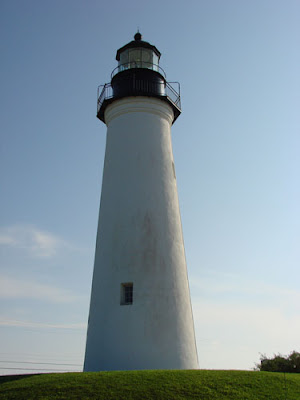 My mother's words still haunt me. "Why would you do that to those poor butterflies?" Back then, like today, I sat out old fruit to attract them to the yard. Back then the outcome was much worse since I fed them to my Jackson's chameleons. I was remembering that exact conversation (or should I call it scolding) while traveling west to Roma and San Ygnacio this past Friday. Countless butterflies, many of them monarchs, were trying to navigate over Highway 83 on their way south into Mexico. I found myself routing for them, thinking if they could only make it past this last obstacle, they would surely make it to their overwintering sites.
My mother's words still haunt me. "Why would you do that to those poor butterflies?" Back then, like today, I sat out old fruit to attract them to the yard. Back then the outcome was much worse since I fed them to my Jackson's chameleons. I was remembering that exact conversation (or should I call it scolding) while traveling west to Roma and San Ygnacio this past Friday. Countless butterflies, many of them monarchs, were trying to navigate over Highway 83 on their way south into Mexico. I found myself routing for them, thinking if they could only make it past this last obstacle, they would surely make it to their overwintering sites.The fall migration of the monarch butterfly begins in the northernmost parts of the United States and even Canada in late August. Monarchs east of the Rockies fly south and those that reach the Gulf of Mexico follow the Coastal Flyway along and just inland from the coast. Their eventual destination is the Oyamel Forest in the Transvolcanic Plateau in Central Mexico. So when Scarlet e-mailed me Sunday morning about their mass arrival on South Padre Island, we made our plans for the day.
 Countless monarchs cluster on the outermost leaves of the Tepeguaje trees at the Nature Center. Many are battered, nearly all exhausted, after traveling up to 50 miles a day during the fall migration.
Countless monarchs cluster on the outermost leaves of the Tepeguaje trees at the Nature Center. Many are battered, nearly all exhausted, after traveling up to 50 miles a day during the fall migration. As I approach for a closer shot, orange clouds take flight only to land in the exact spot seconds later.
As I approach for a closer shot, orange clouds take flight only to land in the exact spot seconds later.
 The majority of monarchs that make the fall migration are in reproductive dormancy. Here, an unusual mating takes place during the migration.
The majority of monarchs that make the fall migration are in reproductive dormancy. Here, an unusual mating takes place during the migration. Just before sunset, a small cluster prepares to roost for the night.
Just before sunset, a small cluster prepares to roost for the night. The last rays of the evening light up the wings of already sleeping, weary travelers.
The last rays of the evening light up the wings of already sleeping, weary travelers."No other animal is more typical of a healthy environment, nor more susceptible to change, than a butterfly" (John Feltwell - The Encyclopedia of Butterflies). As I think about the past, I realize my attitude towards butterflies has changed as I've learned more about them. Living in deep south Texas and watching the array of colors during migration each year has only heightened my awareness. Butterflies have no control over their environment. They can only respond to changes that we humans bestow on them. That usually means surviving or dying. My fruit offerings are no longer meant to bring instant death. I can only hope my mom is watching!









































